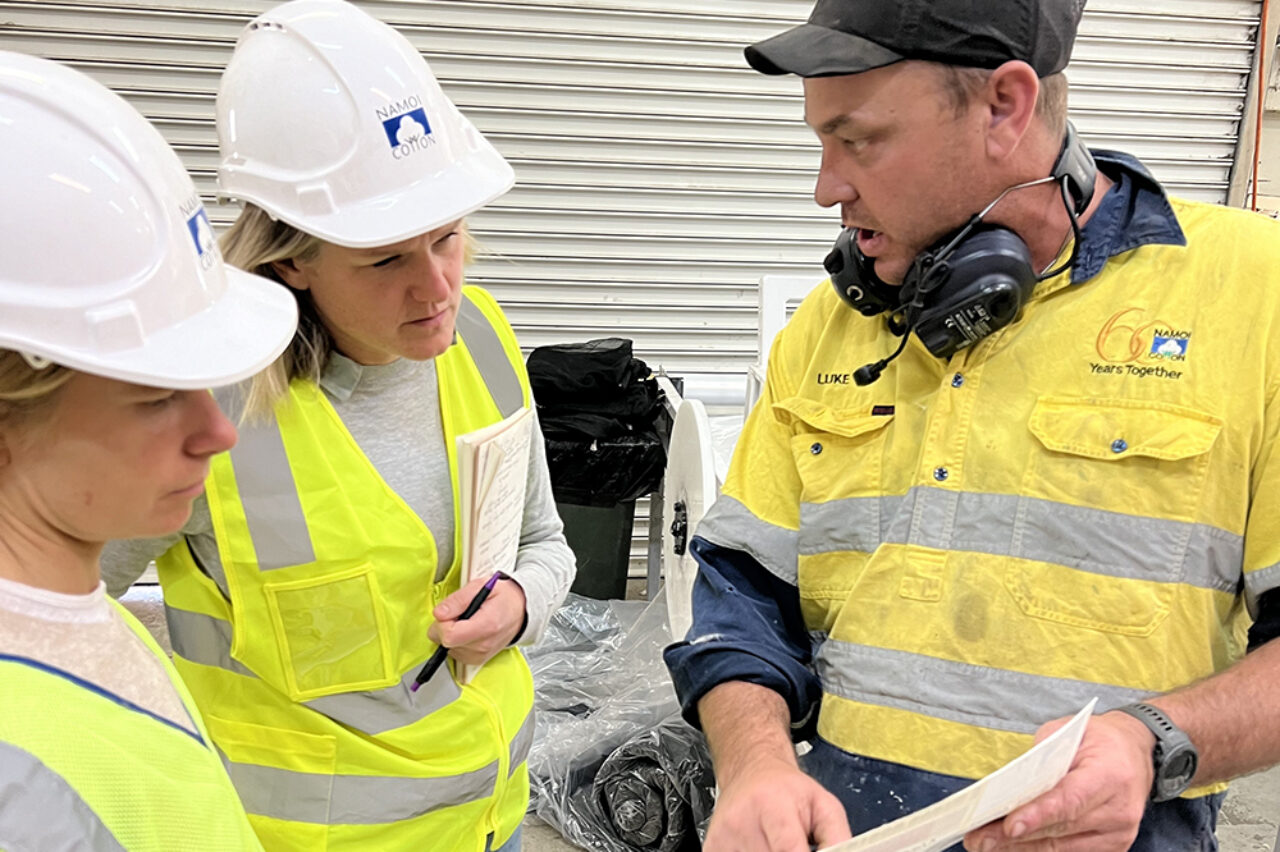
Traceability for Australian cotton is one step closer, as a research project funded by the Queensland Government enters its second phase.
Researchers have delivered a report for the first phase of the “Investigating Traceability Solutions for Australian Cotton” project which has identified system requirements, data needs and the current state of play.
The research included a field trip, online interviews and desktop research to better understand current processes, challenges and opportunities, with the objective of defining the requirements for a potential traceability solution.
The report identified that “traceability of materials is a priority topic for the fashion and textiles industry, driven by increasing scrutiny from consumers and regulators in relation to green claims, the need to identify and mitigate modern slavery risks in the supply chain, as well as forthcoming regulation in the EU that will soon require enhanced social and environment due diligence and reporting for many large companies.”
Key learnings include:
Strong foundations for a traceability system are in place, but consistency and manual systems remain a challenge
Existing verification processes for all Australian cotton are not considered robust enough
Growers and merchants understand the importance of traceability for market access, but return on investment has been inconsistent to-date
There is growing demand for farm-level traceability and data from brands and retailers
Coordinated by Cotton Australia, and funded by a grant from the Queensland Government, the project is one of the first steps recommended by the Strategic Roadmap for Australian cotton under the “traceability” topic.
According to Cotton Australia’s Cotton to Market Lead Brooke Summers, traceability of fibres will soon become an issue of market access, with new legislation in premium markets such as the EU and U.S. requiring products to be traced from raw material production through to finished product.
“Robust chain of custody and traceability systems will be a basic requirement for market access into the premium markets of the EU and elsewhere as early as 2025. This project is critical to identify the risks, value and solutions needed to maintain our market access in future,” Brooke said.
The project has now entered its second phase which is identifying and assessing technical solutions available in the market, cost benefit analysis and assessment of the current chain of custody for the Australian Cotton Marks licencing program.
